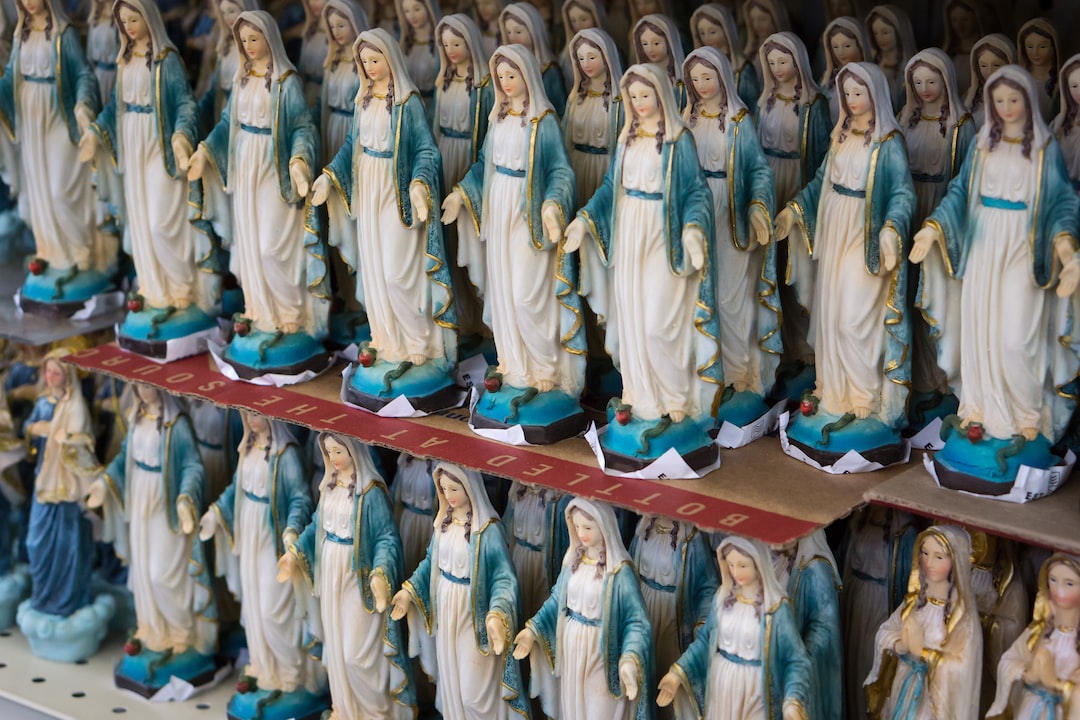The portrayal of religion in popular media has always been a topic of discussion and critique. In many cases, religion is stereotyped and misrepresented, leading to misconceptions and misunderstandings. This blog post aims to explore the stereotypes and representations of religion in popular media, highlighting the importance of accurate and diverse portrayals.
One common stereotype associated with religion in popular media is the “fanatical” or “extremist” representation. Often seen in movies or television shows, characters who are deeply religious are portrayed as radical, intolerant, and even violent. This portrayal not only perpetuates negative stereotypes but also creates an unfair association between religion and extremism. It fails to acknowledge the peaceful and moderate practices of the majority of religious individuals, fostering a biased view of religious communities.
Another prevalent stereotype is the portrayal of religion as a form of oppression, particularly for women. In many films and TV series, female characters from conservative religious backgrounds are depicted as oppressed, submissive, and lacking agency. While it is important to acknowledge and address instances where religion has been used to justify gender inequality, it is equally essential to avoid generalizing an entire religious community or overlooking the diversity of beliefs and practices within it.
The media’s tendency to portray religion solely in terms of good vs. evil is another problematic representation. This simplification creates a binary view where religions are either portrayed as wholly good or inherently evil. This limited perspective does not reflect the complexities and nuances present in religious belief systems. In reality, religions encompass a wide range of values, teachings, and interpretations, all contributing to a rich tapestry of spiritual experiences. Representing religion in such simplistic terms fails to acknowledge the wide diversity of beliefs, philosophies, and practices that exist within each religion.
Moreover, the media often focuses on the dramatic and controversial aspects of religion, overshadowing the positive contributions made by religious communities. Stories surrounding scandals, controversies, or conflicts often attract more attention, leading to an imbalanced portrayal of religion. By giving disproportionate coverage to negative aspects, the media perpetuates a biased narrative that does not truly reflect the everyday experiences and contributions of religious individuals.
It is important for popular media to move beyond these stereotypes and embrace more accurate and diverse representations of religion. By doing so, the media can contribute to a better understanding and appreciation of religious diversity. Showing religious characters as multi-dimensional individuals with a variety of beliefs, experiences, and perspectives can foster empathy and break down misunderstandings.
Additionally, media platforms should actively seek diverse voices and perspectives when creating content related to religion. By including practitioners and scholars from different religious backgrounds, it is possible to present a more comprehensive and authentic representation of religious beliefs and practices. This can counteract the stereotypes perpetuated by popular media and provide a platform for showcasing the positive aspects of various religions.
Furthermore, media consumers also have a role to play by being critical consumers of religious portrayals. Recognizing the limitations and biases of popular media in representing religion can help challenge preconceived notions and expand one’s understanding of religious diversity. Engaging in dialogue and seeking out alternative sources of information can lead to a more nuanced perspective on religious practices and beliefs.
In conclusion, the portrayal of religion in popular media tends to perpetuate stereotypes and oversimplifications. Stereotypes such as religious extremism, female oppression, and the good vs. evil dichotomy paint a biased and inaccurate picture of religious communities. To foster a more accurate and diverse representation of religion, the media should move away from stereotypes and include a range of perspectives. By doing so, we can promote a better understanding and appreciation of religious diversity, breaking down barriers and fostering empathy.

